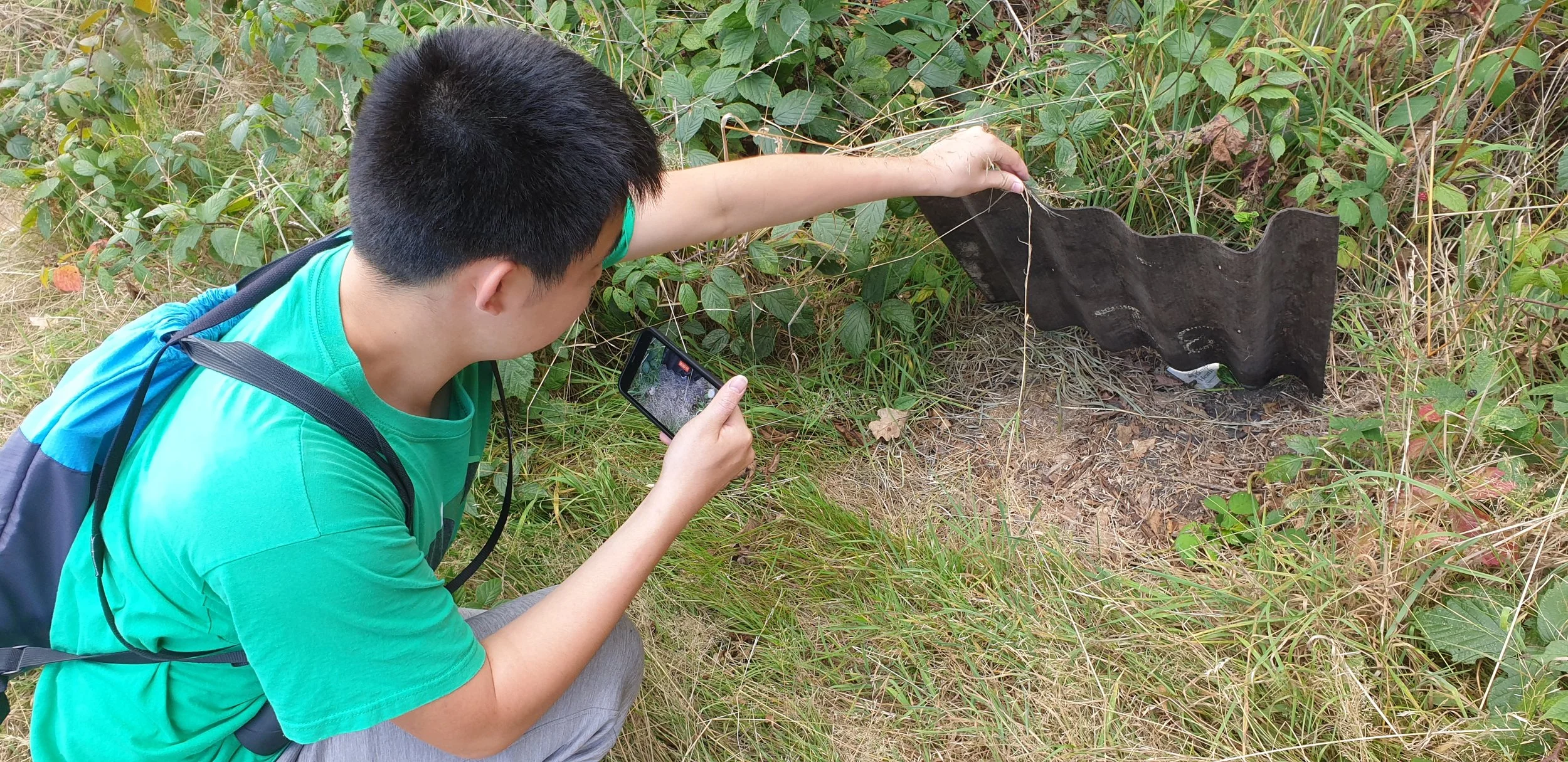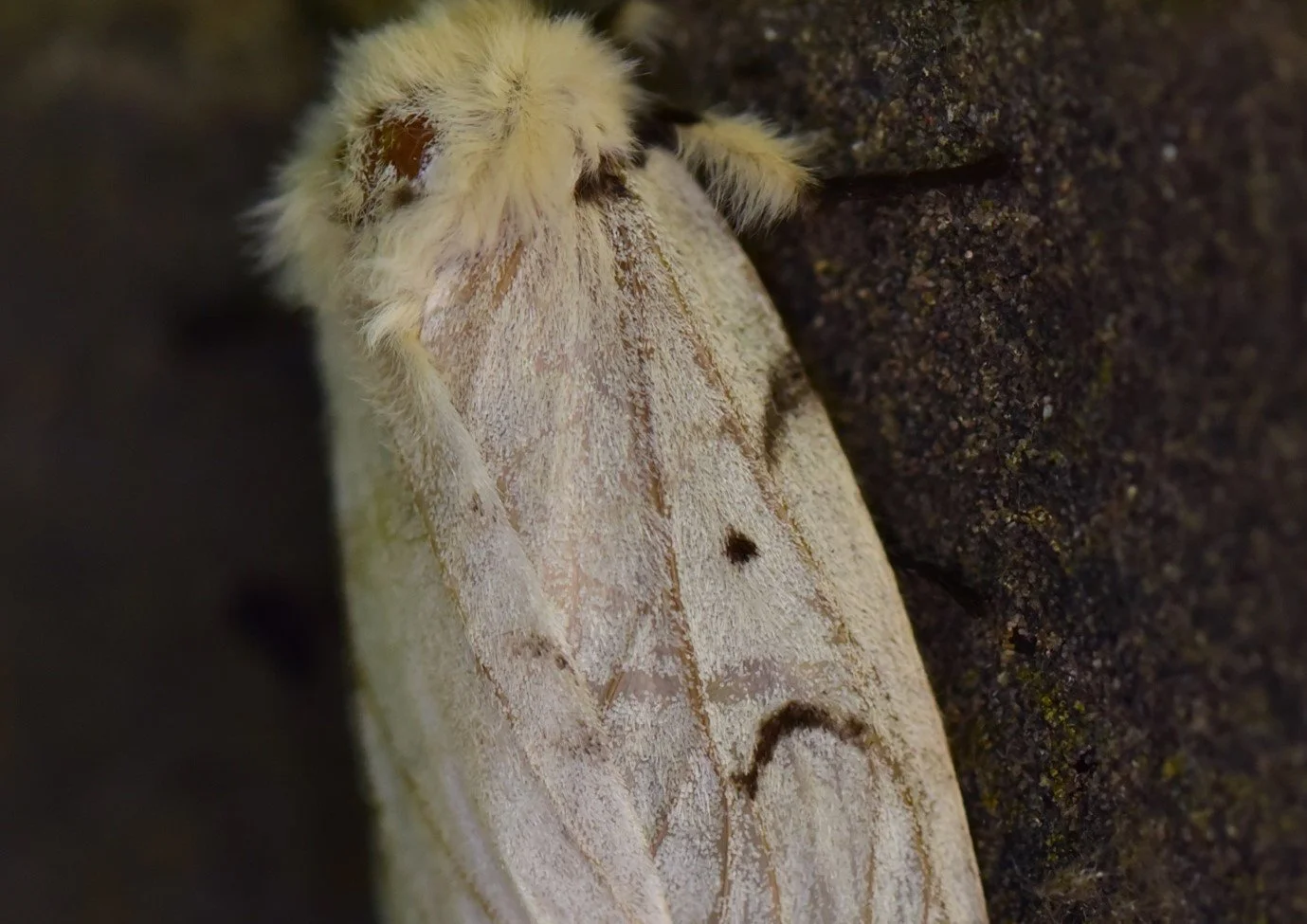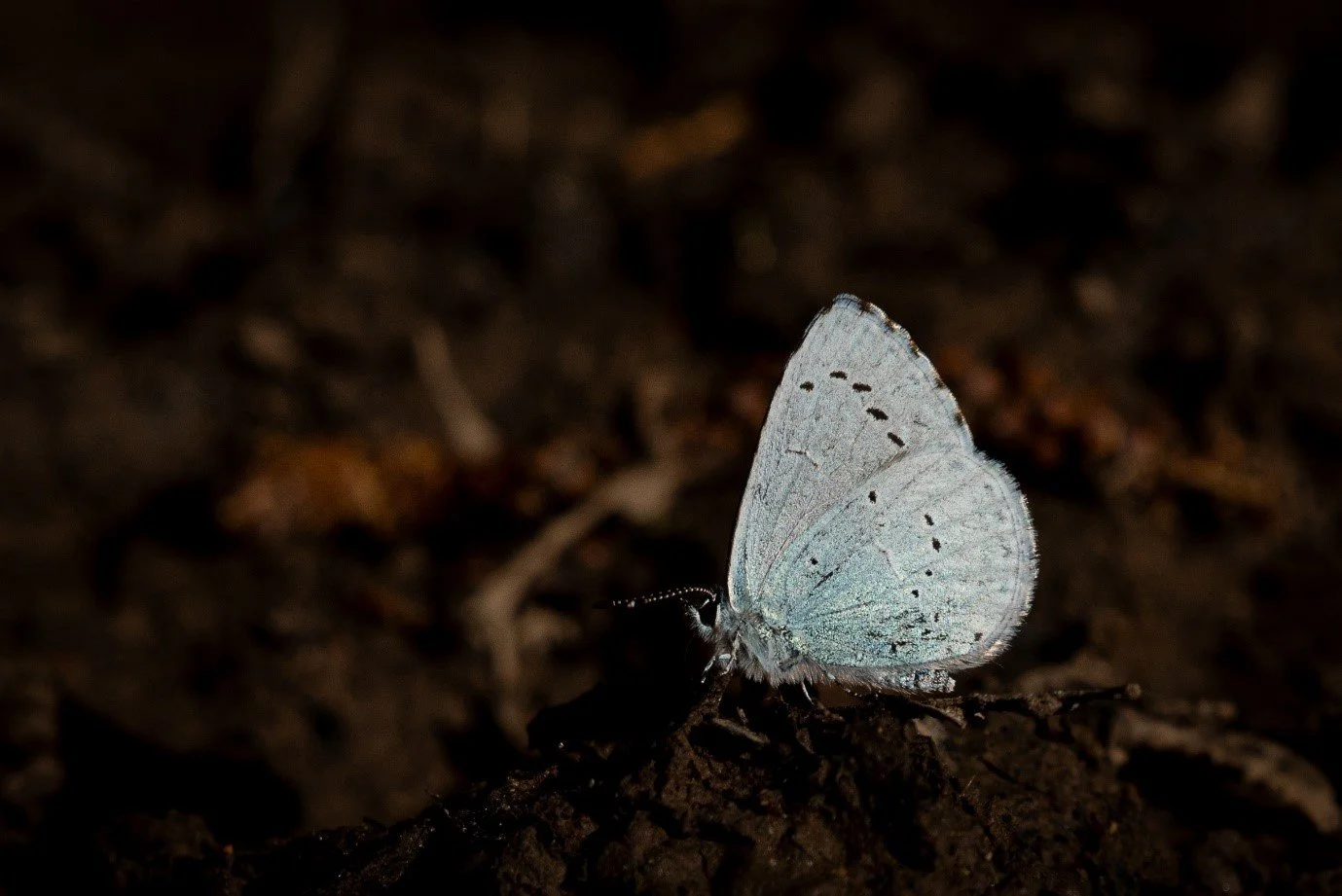Wonderful Wildlife Monitoring
In this post, avid nature enthusiast and wildlife photographer Leo writes about his experience as a Heath Hands Wildlife Monitoring Volunteer on Hampstead Heath this year.
Reptile monitoring in action on Hampstead Heath
As days become shorter and the stage shifts to its winter cast, life seemingly starts to slow down, taking a momentary respite in all the hustle and bustle of the past year. As such, it seems a fitting time to recount the wondrous experiences I have had since joining Heath Hands’ wildlife monitoring programmes. At least until something else steals my attention because even as we head into winter, wildlife is nothing short of exciting if you keep looking.
I had heard tell of Grass Snakes on the Heath but it wasn’t until taking part in Heath Hands’ reptile monitoring that I finally got the chance to see one. I’m surprised how delicate they are, with their large glossy eyes and wispy flickering tongue tasting the air. But perhaps it is more accurate to say that snakes ‘smell’ with their tongues since it collects chemicals in the air or ground, depositing them to be sensed by the ‘smelling’ Jacobson’s organs in the roof of their mouth. Their forked tongue enables them to smell in 3D by collecting chemical information from 2 different places at once and comparing the different signals, directing them to their prey.
Like other reptiles, snakes are cold-blooded, so rely on external heat sources (i.e. the sun) to regulate their body temperature. This fact provides us with a rather ingenious way of monitoring them. By laying down black corrugated mats along various transects (survey routes), the mats quickly soak up solar energy, and radiate it out as heat throughout the day. This results in a nice toasty hideout attracting any snakes passing by. In fact, we have found that many other animals also like these mats, like Wood Mice, voles, shrews, Frogs and Toads (all potentially a snake’s dinner).
A young Grass Snake found on a transect. Photo: D Chapman.
Whilst the reptile transects offer chance encounters under the mats, on the butterfly transects, the difficulty often lies not in finding them but rather in being able to count and record them accurately since they are so abundant. The butterfly monitoring has us out in the open fields on sunny spring and summer days. This is because like many insects, butterflies need warmth provided by the sun to heat up their flight muscles. In flight, they are not hard to miss with their dazzling array of colours and with 28 species on the Heath each with its distinct colours and shapes, it does not take long to become well acquainted with them.
Butterflies and moths, form the group Lepidoptera. Coming from the Greek words ‘lepis’ meaning scale and ‘pteron’ - wing, referring to their wings being covered with tiny scales. If you look closely at the moth pictured below, you might be able to see the fine structures. In the field, a magnifying glass or hand lens works wonders to elucidate such features. Some species like the Holly Blue display iridescent colours that seemingly change when viewed at different angles. Rather than the typical colour-absorbing pigment, these colours are actually produced by the way light bounces or refracts off these scales, changing the wavelength of light and with it the colours we perceive.
Close-up of a moth showing scales on its wing. Photo by Leo.
A Holly Blue Butterfly displaying an iridescent blue sheen. Photo by Leo.
If you think butterflies are a challenge, you would be hard-pressed to keep up with dragonflies. They are true dragons of the sky, being able to reach top speeds of 22 miles per hour and with unmatched aerial manoeuvres. Dragonflies have muscles directly attached to each wing, allowing them to fly forwards, backwards or even upside-down.
Damselflies are part of the same group (Odonata) as dragonflies but are most easily distinguished from the habit of folding their wings. They are not as robust or voracious hunters as dragonflies, but still come in a spectacular array of colours, lighting up the ponds with their fluttery flight. There are about 17 species of dragonflies and damselflies on the Heath, and it can still sometimes be tricky to identify them.
A Migrant Hawker patrolling its territory at the Viaduct Pond. Photo by Leo.
Monitoring dragonflies and damselflies requires a little patience and observation along the pond’s edge since this is where they come to breed. You may spot red darters flying in tandem, females ovipositing (laying eggs) and if you are lucky, an Emperor hunting across its territory. More recently however, my eyes are on the lookout for a small metallic glint of green, the colour of a Willow Emerald Damselfly hanging camouflaged on vegetation along the water’s edge. This species was first spotted on the Heath in 2018 and since then has continued to establish its presence on various ponds
A Willow Emerald Damselfly resting by Bird Sanctuary Pond. Photo by Leo.
It is worth pointing out that getting involved with monitoring does not require any prior knowledge. In fact, I find that the fun part is getting to learn new things along the way and there are many fellow volunteers extremely knowledgeable about wildlife who are more than happy to pass on a few tips.
The natural world is endlessly fascinating and I have found that taking part in the wildlife monitoring programmes organised by Heath Hands is an excellent way of getting out there to explore. As such, I would thoroughly encourage anyone who likes to spend their time outdoors to consider giving the monitoring programmes a go. Not only has it been a great opportunity to see some otherwise rather secretive wildlife, like the snakes, but by getting to know other like-minded people who share an interest in nature, there is often lots to talk about and we can all learn from each other. All this, and we also get to help play a vital role, recording key data which will ultimately inform management of the Heath to benefit its many wild residents.






